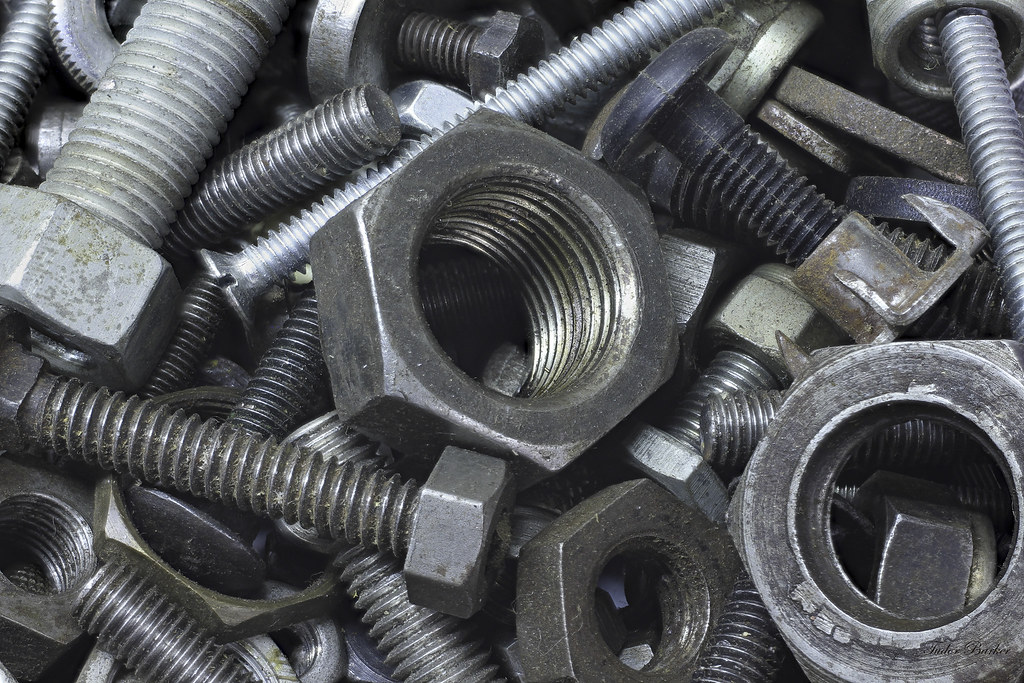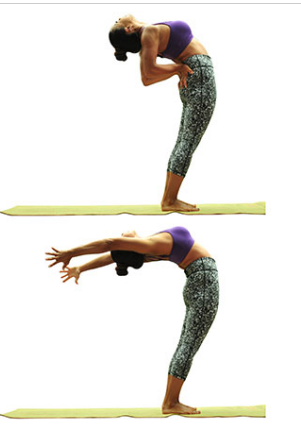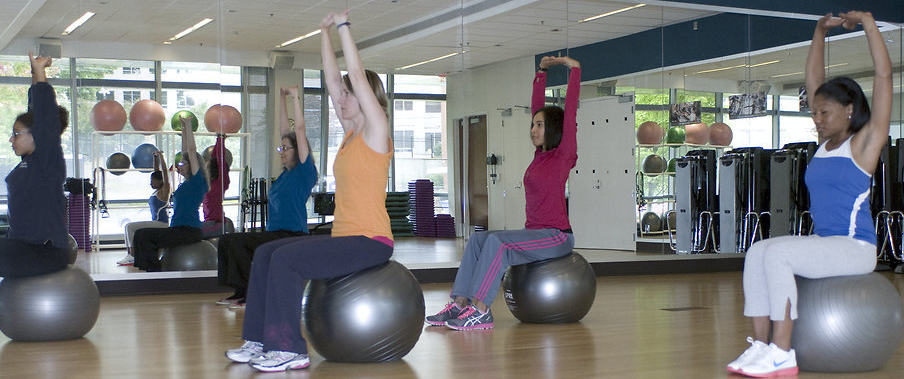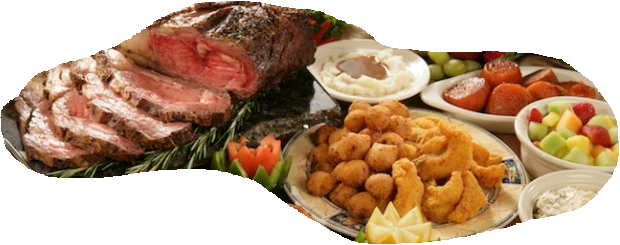
The holidays are full of delicious feasts, turkey dinners, and tantalizing sweets left and right. Add on top of that the inherent sense of laziness that comes with vacation, and finding a chance to exercise feels impossible and nearly useless.
Just 30 minutes of activity each day can keep your weight gain under control. Exercise also relieves stress, which you might be experiencing a lot of during the holidays, and makes you feel better about yourself. But exercise doesn’t have to be something exhausting or strenuous, and there are plenty of fun ways to keep yourself and the kids active during the holidays.
Making Time
During the holidays, it’s easy to find your schedule full of activities. For those with busy schedules, the best plan of action is to make exercise the first thing on your agenda. Working out first thing in the morning helps make exercise a priority. Working out in the evening can prove difficult because you have places to go and people to see—and plenty of time throughout the day to come up with excuses for why you can’t exercise.
Remember, just 30 minutes a day is enough to keep in shape. If you have trouble finding time, try to spread those 30 minutes into three 10-minute workouts over the course of the day. Ten minutes is enough for a simple workout routine that includes jogging, jumping jacks, jump rope, or weights.
Out for a Walk
Walking is a low-impact activity that offers limited strain, making it great for everyone in the family. The great thing about walking is that it can be done just about anywhere: the mall, the local high school track, a parking lot, or just around the block. During those holiday shopping trips, park a little further away to extend the amount of walking you have to do (and avoid fighting over parking with other holiday shoppers).
Get creative and include your family. Take a nature walk during the day and explore the natural beauty around you. If the area is familiar enough, you can set up a scavenger hunt for the little ones. After an especially filling dinner, take a walk around the block with the family. You can stay active while taking a look at all of the holiday decorations in the neighborhood.
Incorporating Chores
We have all experienced the tiring effects of doing chores around the house. As strange as it might seem, doing those tedious chores is also a great way to burn some calories. Grab a shovel and clear that snow in your driveway, or rake those leaves scattered across the front yard.
Just walking around your house can be considered a physical activity:
- Walk up and down the steps
- Carry your laundry
- Sweep the floor
- Clean those windows (yes—even the top corners!)
Aside from burning some calories, these activities will help your home look clean and tidy and leave you more room for holiday fun.
Holiday Activities
While some people assume “physical activity” means sweating it out at the gym, many of the fun holiday activities you do with your family could quite easily be exercise.
Spending an evening out ice skating is sure to get your heart pumping, but you might not even notice with all the fun you’re having (or the falling you might be doing). The same could be said of skiing and snowboarding, both of which are great workouts for your legs and heart.
Even more unconventional holiday activities could help you burn some calories. Going out for an evening of caroling is a classic way to spread the holiday cheer while getting your butt off the couch. A holiday dance party will keep everyone happy, moving, and grooving for hours on end.
Playing in the Snow
Snow doesn’t fall in all parts of the United States, but it can make for some fun physical activities if you find yourself in a winter wonderland.
- Making a snowman (or snowwoman) takes a lot of work, exercising your muscles and your heart perfectly.
- Gather your family and friends for a good old-fashioned snow ball fight. All of that running, ducking, and throwing burns several hundred calories per hour. Keep it safe—no hard-packed snowballs, no ice, and faces are off limits.
- Even making snow angels works out your upper and lower body.
- Sledding is great because in order to enjoy the fun of flying down the hill, you have to walk up first—and everyone will want several turns. Add challenge by making your own trail up the hill. The resistance of walking through untouched snow offers a great workout!
Don’t Be Too Hard on Yourself
As important as working out is, understand that the holidays are here, and that means spending time with your family and friends. When it comes to your well-being, it’s important to keep a proper balance between your social activities and your physical care. Be sure to squeeze in some fun physical activity, but make sure you enjoy every moment of the holiday season, too.
—
photo courtesy of D. Sharon Pruitt



 People often abandon their workouts when the results — getting stronger or slimmer — begin to dwindle. In most cases, reaching a plateau simply means you’re progressing toward fitness and ready for a new level of workout.
People often abandon their workouts when the results — getting stronger or slimmer — begin to dwindle. In most cases, reaching a plateau simply means you’re progressing toward fitness and ready for a new level of workout.



 Did you ever felt totally lost when deciding to embark on a fitness routine? I found the website below lets you select your level, giving you a free and quick guideline of where to start with pictures and videos to use at no cost to you!.
Did you ever felt totally lost when deciding to embark on a fitness routine? I found the website below lets you select your level, giving you a free and quick guideline of where to start with pictures and videos to use at no cost to you!.

 Turn away from the buffet. Move as far away from the buffet as you can. One study on buffet eating behaviors observed that diners with higher BMIs were more likely to sit facing the buffet, use larger plates, and pile the food on before seeing all the dish options. You might want to grab a napkin, too. Diners with lower BMIs placed napkins in their laps, used smaller plates, chewed their food more per bite, perused the offerings prior to serving, and did not sit near or face the buffet (3).
Turn away from the buffet. Move as far away from the buffet as you can. One study on buffet eating behaviors observed that diners with higher BMIs were more likely to sit facing the buffet, use larger plates, and pile the food on before seeing all the dish options. You might want to grab a napkin, too. Diners with lower BMIs placed napkins in their laps, used smaller plates, chewed their food more per bite, perused the offerings prior to serving, and did not sit near or face the buffet (3).